SOURCE: RAUNAK KUNDE / NEWS BEAT / IDRW.ORG
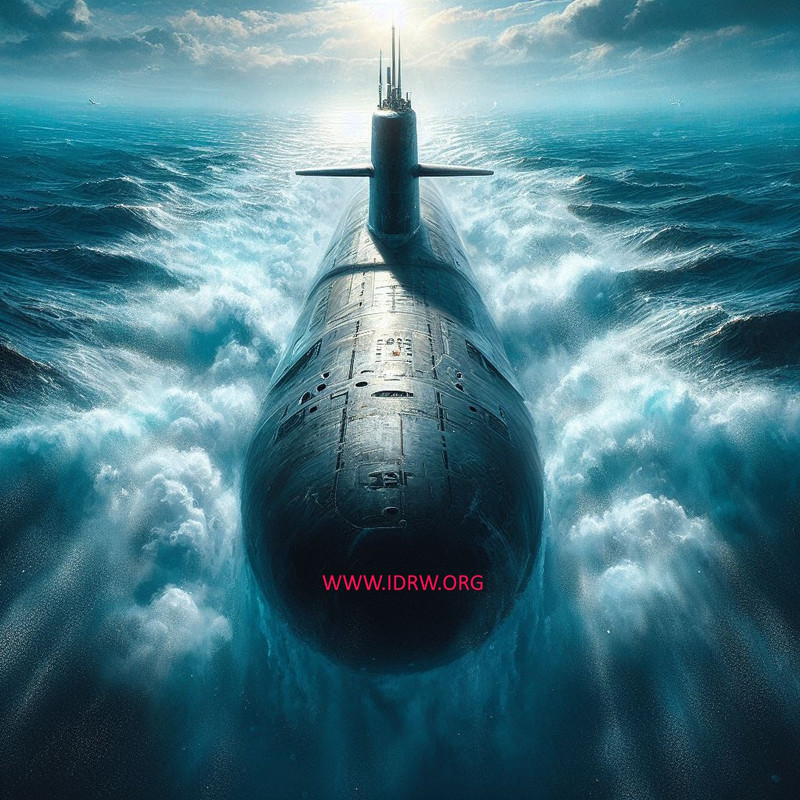
The Spanish Navy’s recent commissioning of its first S-80 Plus-class submarine has drawn interest from the Indian Navy as it seeks to acquire six next-generation submarines under Project 75(I).
The Indian Navy’s Project-75(I) seeks to acquire six AIP-equipped conventional submarines to enhance its underwater capabilities. In July 2021, a Request for Proposal (RFP) was issued, inviting bids from international shipyards. Both Navantia and TKMS submitted their bids before the August 2023 deadline.
Continue readingSOURCE: RAUNAK KUNDE / NEWS BEAT / IDRW.ORG
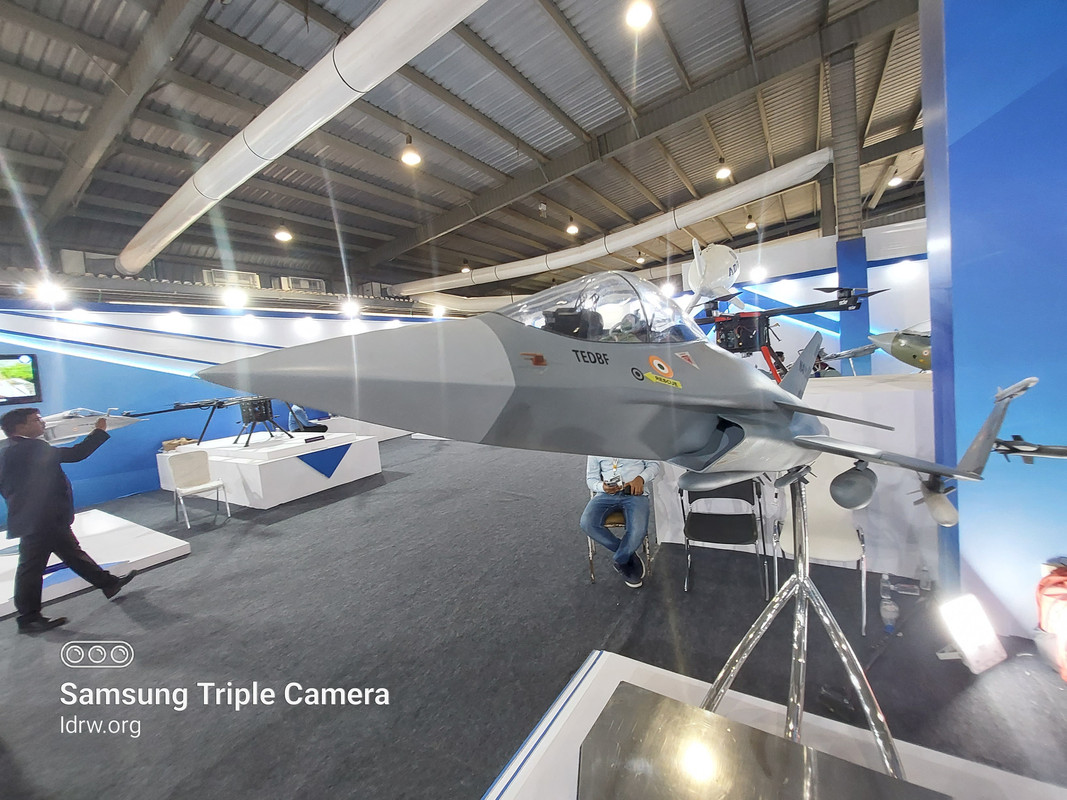
India’s Twin Engine Deck Based Fighter (TEDBF) program, a key initiative in bolstering naval air power, recently grabbed attention at the Dubai Air Show. In an interview with Indian media, Deputy Project Director Ravinder Kumar Jyoti shed light on the program’s progress and plans.
While the impressive model showcased in Dubai generated significant interest, Jyoti emphasized that the program remains in the preliminary design review (PDR) stage. This crucial phase involves meticulous analysis of the design to ensure it meets all technical and operational requirements before proceeding to detailed design and development.
Continue readingSOURCE: RAUNAK KUNDE / NEWS BEAT / IDRW.ORG

The United States has proposed the Stryker armoured fighting vehicle (AFV) to India, aiming to bolster its deterrence capabilities against China. While initial discussions involved co-development, India expressed concerns about Stryker’s current engine, deemed inadequate for operating in high-altitude regions.
The existing Stryker uses a Caterpillar C7 350 hp engine, which sources suggest idrw.org might struggle in high-altitude areas where engines can lose 30-40% power due to thin air. The air defence system version offered to India would require the APC to carry significant weight, further stressing the engine.
Continue readingSOURCE: IDRW.ORG TEAM
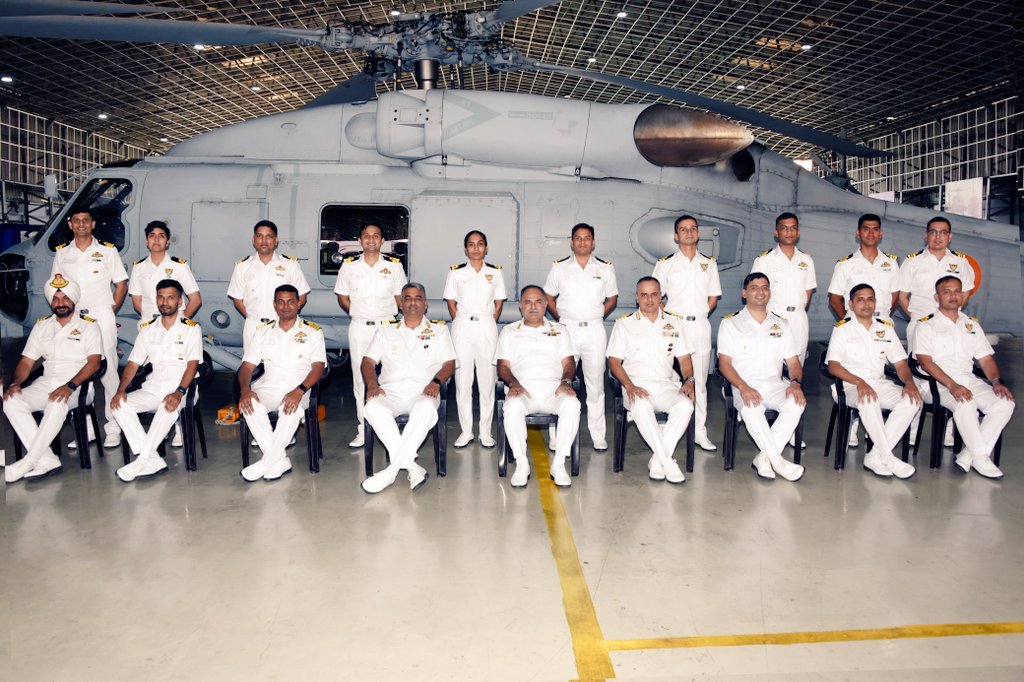
In a significant milestone for self-reliance in maritime defense, the Indian Navy has successfully completed the maiden in-country pilot training for the multi-role MH-60R Seahawk helicopters. The graduation ceremony at INS Garuda, Kochi, marked a proud moment for the trainees and a stepping stone towards achieving “AtmaNirbharta” (self-reliance) in this advanced platform.
Rear Admiral Anshuman Chauhan, Assistant Chief of the Naval Staff (Air Materiel), presented graduation parchments to the successful trainees, commending their dedication and skill. The ceremony also lauded the completion of conversion training for Air Operations officers, including two pioneering women officers, and competency training for technical personnel.
Continue readingSOURCE: IDRW.ORG TEAM

Hindustan Shipyard Limited (HSL) is poised to embark on a monumental project: the construction of one of the Indian Navy’s largest indigenously designed and built ships, the 43,000-ton Fleet Support Ships (FSS). This marks a significant milestone in India’s quest for self-reliance in the maritime domain, aligning perfectly with the government’s vision of Aatmanirbhar Bharat (self-sufficient India).
The journey towards this achievement began with extensive hydrodynamic studies conducted in a specialized towing tank. These tests successfully validated the ship’s design, confirming its ability to achieve a crucial speed of 20 knots. This critical milestone paves the way for HSL to translate the blueprint into reality, marking a major leap forward in India’s shipbuilding capabilities.
Continue readingSOURCE: RAUNAK KUNDE / NEWS BEAT / IDRW.ORG
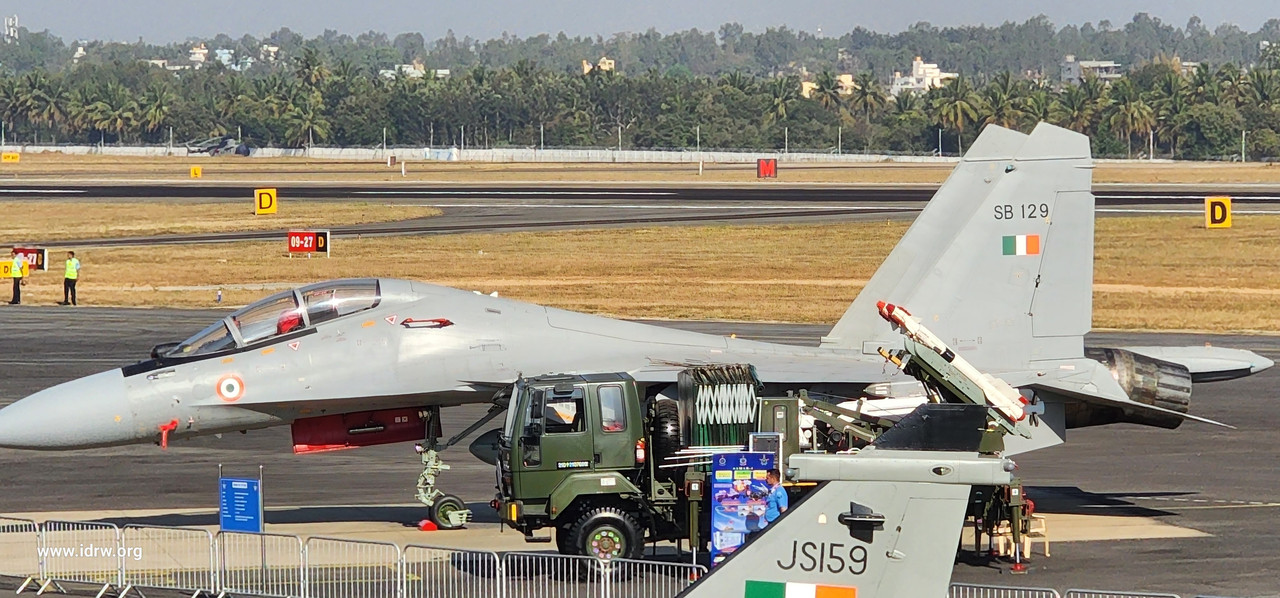
The Indian Air Force (IAF) is taking a significant leap towards bolstering its aerial electronic warfare (EW) capabilities with the planned integration of a cutting-edge indigenous suite onto its Su-30MKI fighter jets.
The Centre for Airborne Systems and Displays (CASDIC) has been spearheading the development of this advanced EW suite. The proposed system consists of an internal Radar Warning Receiver (RWR) and a podded jammer system housed in left-hand (LH) and right-hand (RH) ASPJ pods mounted on stations 11 and 12 of the Su-30MKI. This internal-external combination aims to provide comprehensive situational awareness and jamming capabilities against enemy radars, enhancing the survivability and mission effectiveness of the aircraft.
Continue readingSOURCE: RAUNAK KUNDE / NEWS BEAT / IDRW.ORG

The Tejas MkII, India’s next-generation fighter jet program, is facing a revised timeline and a renewed focus on indigenous content. Recent developments indicate a pushback in the first aircraft rollout, which was previously scheduled for December 2023. With funding delays and a focus on greater self-reliance, the program is now aiming for a first rollout in late 2026 or early 2027.
The initial disbursement of funds for the Tejas MkII was later than expected, impacting the program’s overall schedule. This, coupled with HAL and DRDO’s commitment to higher indigenization, has necessitated a revised timeline. The first flight, originally slated for December 2024, is now likely to occur sometime in 2028. Production is expected to begin only in early 2030, marking a significant delay from the initial projections.
Continue readingSOURCE: RAUNAK KUNDE / NEWS BEAT / IDRW.ORG
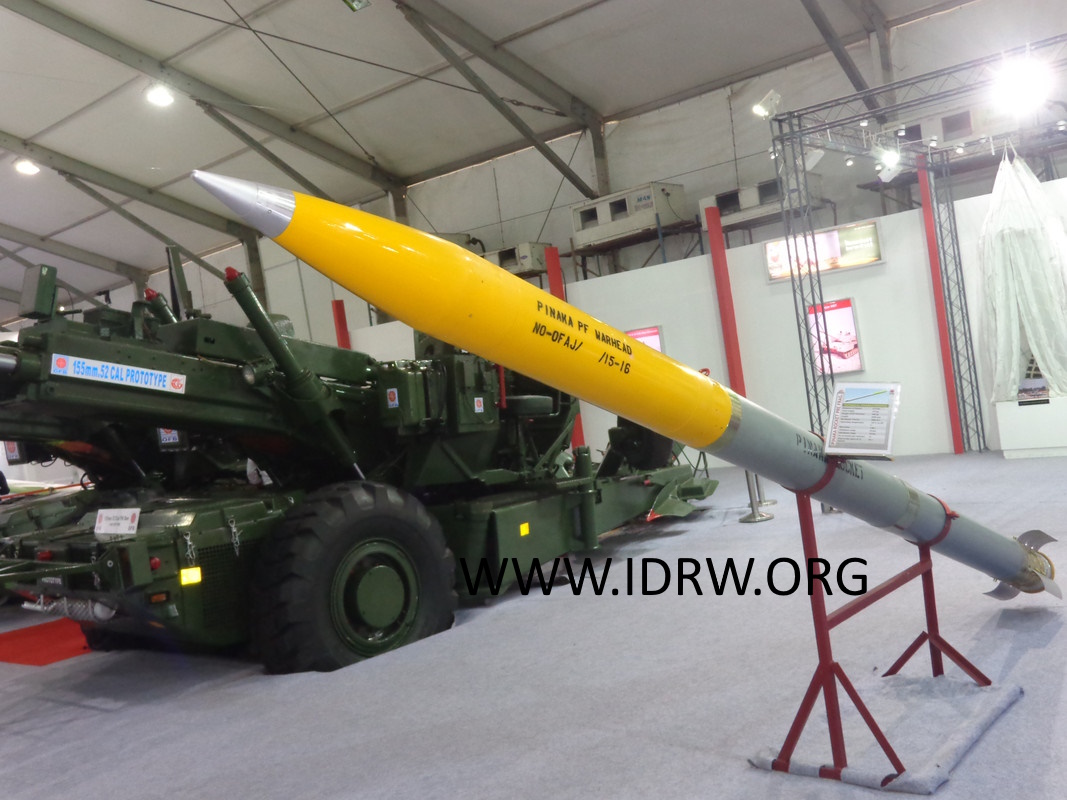
The Defence Research and Development Organisation’s (DRDO) Armament Research and Development Establishment (ARDE) has issued a tender for hardware integration and maintenance services. This project will be conducted under the supervision of Group officers and carried out within ARDE premises over 15 months.
The hardware integration and maintenance work is required to support the ongoing program for a large-calibre rocket system known as the ‘300mm LRGR’, likely referring to a Long Range Guided Rocket. The specific details of the project remain classified, but the tender provides some insights into the scope of the work:
Continue readingSOURCE: IDRW.ORG TEAM
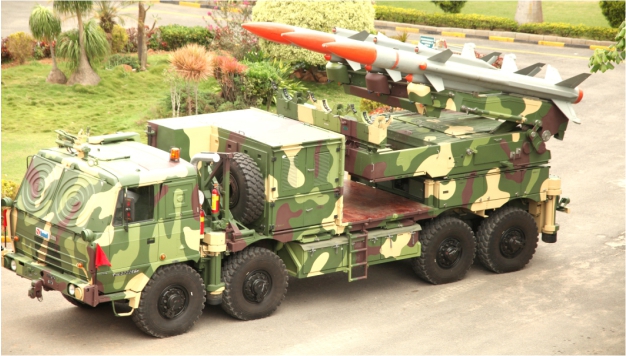
Last year India’s homegrown Akash Air Defence System was featured in the Export list for the first time while indented Customers remained a mystery until now. BDL and DRDO Still Remain tightlipped about the customer and the Order Value along with the Variant that has secured orders for the Akash Air Defence System, but people familiar with the program have now confirmed that it was Armenia that placed the order for the Akash Air Defence System. The Armenian military has opted for the Army variant of the Akash system, which features an integrated truck-based configuration instead of the trailer-based variant used by the Indian Air Force.
For some time name of Sudan as a potential buyer of the Akash Air Defence System was going around but that was not substantiated officially.
Continue readingSOURCE: IDRW.ORG TEAM

The Indian Navy is setting its sights on the future of maritime navigation, launching the IDEX Challenge to enlist the expertise of private companies in developing cutting-edge Artificial Intelligence (AI) solutions for smart ship operations. This ambitious initiative aims to revolutionize seafaring by leveraging the power of AI to enhance safety and efficiency.
Navigating the vast ocean is an inherently risky endeavor. Collision avoidance remains a constant challenge, requiring vigilant watchkeeping and skilled manpower on the bridge and in the operational room. Even the slightest lapse in attention can have catastrophic consequences. The current system relies heavily on human expertise, which, while invaluable, is susceptible to fatigue, error, and unforeseen circumstances.
Continue readingSOURCE: RAUNAK KUNDE / NEWS BEAT / IDRW.ORG

The Defence Research and Development Organisation (DRDO) is actively engaged in discussions with three foreign companies for the development of a new 110kN thrust engine. This engine will be crucial for powering India’s upcoming 5th generation Advanced Medium Combat Aircraft (AMCA) fighter jets.
The Gas Turbine Research Establishment (GTRE), a DRDO laboratory, is leading the project. They are expected to finalize talks and select one foreign Original Equipment Manufacturer (OEM) partner soon. This partnership will mark a significant step towards developing the 110kN engine, designed entirely from scratch without relying on existing engine designs.
Continue readingSOURCE: RAUNAK KUNDE / NEWS BEAT / IDRW.ORG

The Indian Air Force (IAF) has issued two Requests for Proposals (RFPs) seeking indigenous development of critical technologies for its fleet of Mirage-2000 aircraft. These RFPs aim to boost India’s self-reliance in the defence sector and provide a much-needed upgrade to the Mirage-2000s.
The first RFP seeks a consortium of Indian companies to develop an indigenous integrated Fly-by-Wire (FBW) system tester for the Mirage-2000 aircraft. This system will replace the existing FBW system tester currently in use.
Continue readingSOURCE: RAUNAK KUNDE / NEWS BEAT / IDRW.ORG
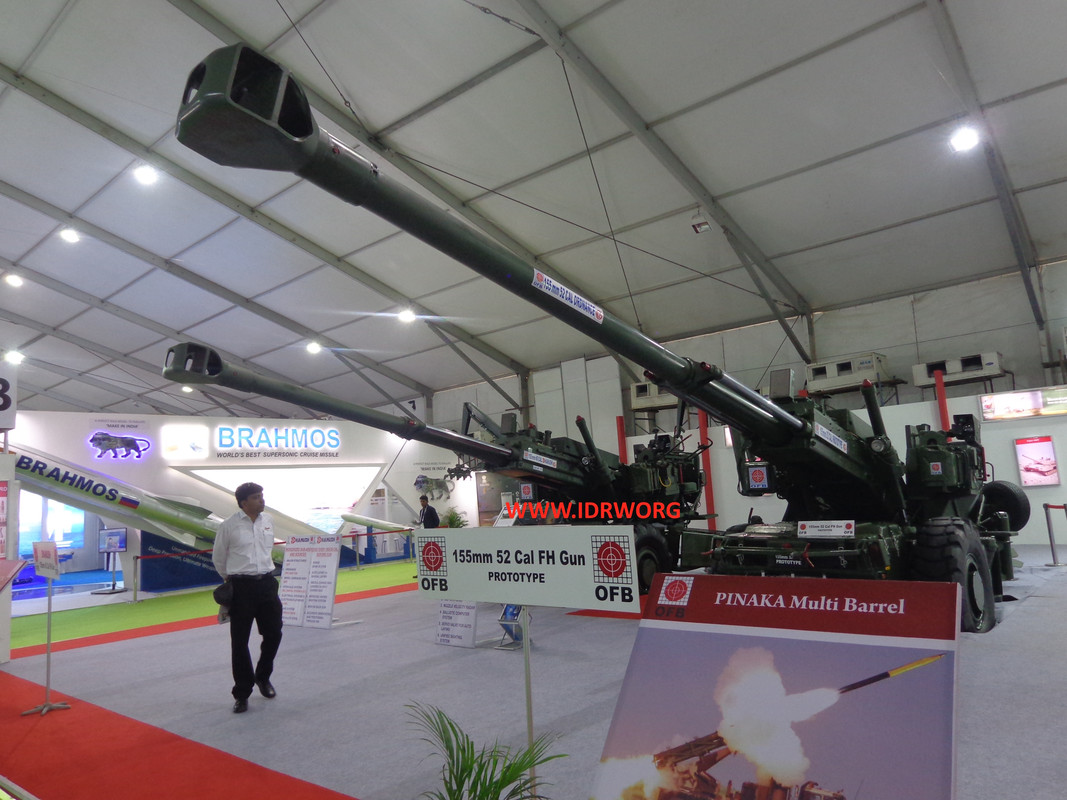
India’s state-run Advanced Weapons and Equipment India Limited (AWEIL) has responded to the Indian Army’s Request for Information (RFI) for the procurement of 400 155 mm/52 calibre towed gun systems (TGS) along with towing vehicles. This move aligns with the government’s ‘Buy Indian-IDDM’ initiative, prioritizing the purchase of domestically manufactured defence equipment.
AWEIL has offered its indigenously developed Dhanush 155 mm/52 calibre towed gun system as a solution to meet the Army’s requirement. This offering comes after AWEIL recently received the Acceptance of Necessity (AoN) from the Ministry of Defence (MoD) for the Dhanush system.
Continue readingSOURCE: IDRW.ORG TEAM
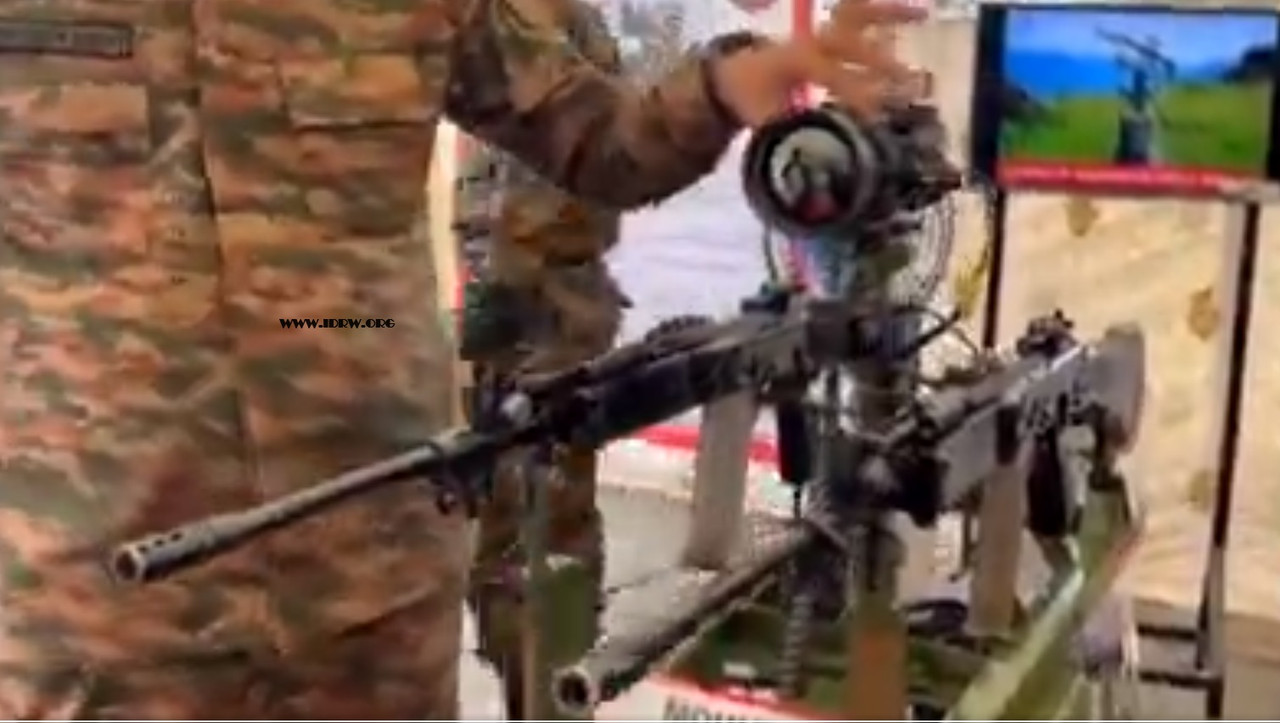
The Indian Army (IA) has taken a leap forward in firepower and tactical flexibility with the unveiling of its in-house developed Automated Twin Weapon Firing System. This innovative system promises to revolutionize combat operations in diverse scenarios, from anti-drone defense to securing vulnerable and remote areas.
The system’s defining feature is the twin-weapon mount, capable of simultaneously wielding INSAS rifles. This firepower duplication translates to enhanced suppression capability and quicker target neutralization, particularly against fast-moving threats.
Continue readingSOURCE: IDRW.ORG TEAM
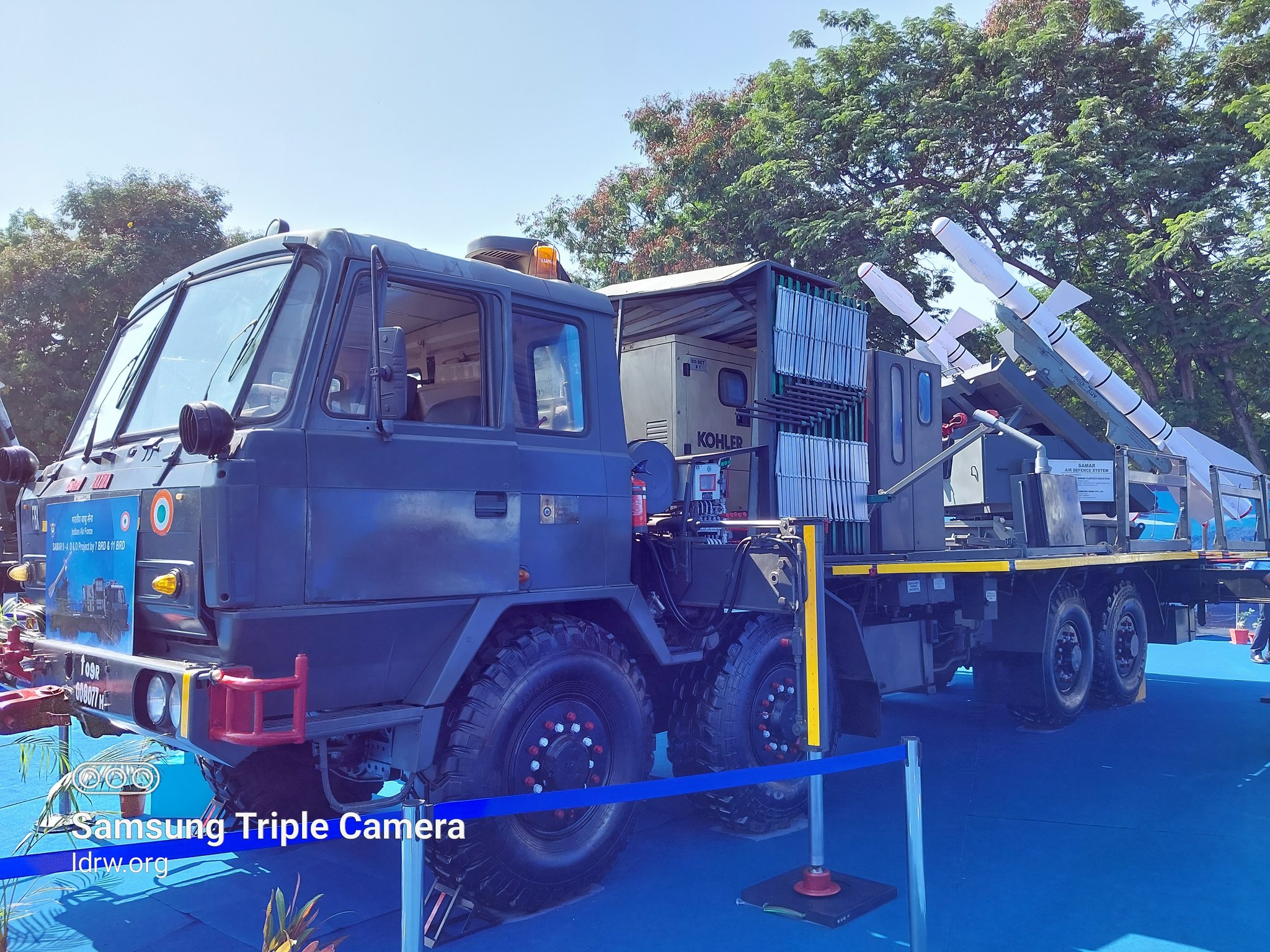
The Indian Air Force (IAF) has issued an Expression of Interest (EOI) for the repair, refurbishment, and life extension of its Russian-made R-73 and R-27 air-to-air missiles. This initiative aims to enhance the operational capabilities and lifespan of these crucial weapons systems, ensuring the IAF’s continued air dominance.
The EOI specifically seeks proposals for joint ventures (JVs) between Indian companies and the Original Equipment Manufacturers (OEMs) of the missiles. This collaboration is expected to leverage the expertise of both parties, ensuring high-quality repair, refurbishment, and life extension work while also promoting technology transfer and fostering the development of India’s defense industry.
Continue reading